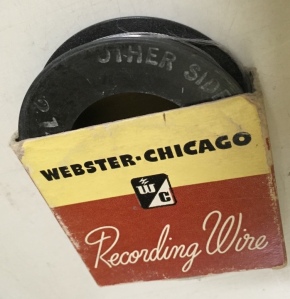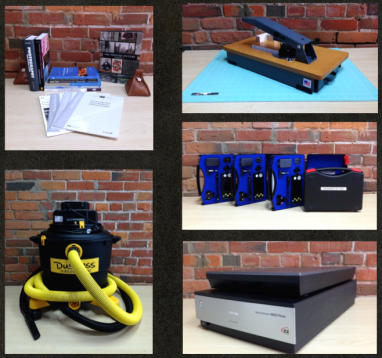This article was submitted by the Legal Archives Society of Alberta.
On April 9, 1985, James Keegstra, a high school Social Studies teacher from Eckville, Alberta, was put on trial for willfully promoting hatred against an identifiable group, the Jewish people. Between September 1978 and December 1982, Keegstra communicated statements to students in his Social Studies classes that reinforced a Jewish world conspiracy for a One World Government, that all major revolutions and political upheavals in the history of the modern world were directed by the Jewish people with the goal of a One World Government. He taught that the Talmud called on Jews to kill non-Jews; he taught that Socialism and Judaism are inextricably linked; he taught that Adolf Hitler’s Final Solution to the Jewish Question was the immigration of Jews, not their extermination; and Keegstra taught what he referred to as the ‘six million Jew problem’ (i.e., the Holocaust) was a lie.
Keegstra hired Doug Christie, a Victoria-based lawyer, to defend him. Keegstra’s entire defence centred on freedom of speech. The defence claimed that the section of the Criminal Code under which Keegstra was charged violated his right to freedom of speech as protected under the Canadian Charter of Rights and Freedoms. The case ended up in the Supreme Court of Canada, where the majority ruled that Keegstra’s rights were indeed violated but that the limitation was “demonstrably justified in a free and democratic society.”
LASA recently, through a grant from the Archives Society of Alberta’s Access to Holdings program with funding provided by the Alberta Historical Resources Foundation, processed two separate donations of materials relating to the Keegstra case.
The first Fonds is from the Hon. John Horace MacKenzie, Justice of the Court of Queen’s Bench from 1983 to 2007, who oversaw the first trial of James Keegstra. The collection consists of MacKenzie’s note books, trial transcripts, draft jury addresses, and photocopies of evidence (including student essays and classroom notes) from the trial of Keegstra.
The second Fonds is from Duncan Lovell McKillop, QC, who was hired by the defence to argue that the hate crime provisions of the Criminal Code were unconstitutional under the Charter and subsequently argued Keegstra’s successful appeal on his conviction on the same grounds. This collection includes judgements and appeal documents; documents that McKillop and the Crown Prosecutor, Bruce Fraser, filed, including factums and other written arguments; books of authorities; and evidence for a pretrial application regarding the constitutionality of the hate crime provisions of the Criminal Code, which was used for Keegstra’s appeal of his 1985 conviction. This series includes additional research files on case law, constitutional law, and the Charter of Rights and Freedoms, as well as correspondence between McKillop and Christie, and newspaper clippings regarding Keegstra’s trial and freedom of speech.
Criminalizing speech remains debatable nearly thirty-five years after Keegstra first went on trial. The materials donated offer researchers an inside look at the varied sides of the debate. On the one hand, proscribing speech violates Section 2(b) of the Charter of Rights and Freedoms. On the other hand, freedom of speech was never intended as an absolute right, and its limits are justifiable where the content of the speech willfully promotes hatred against an identifiable group.







